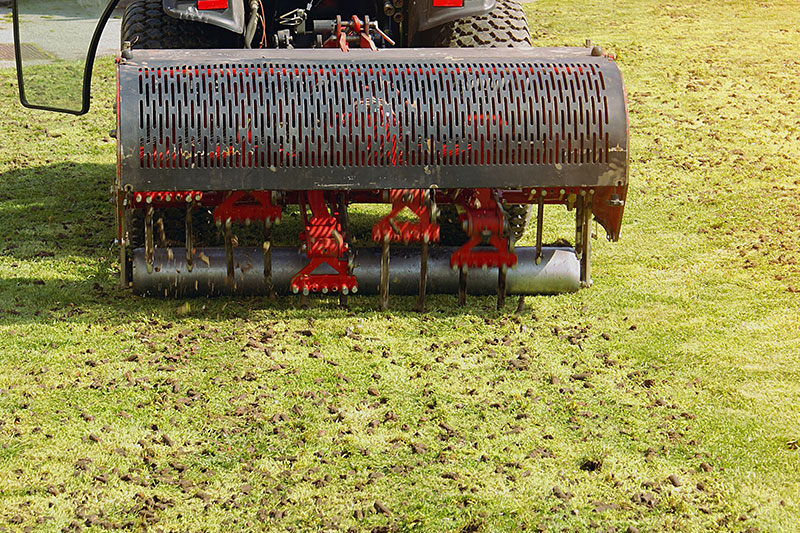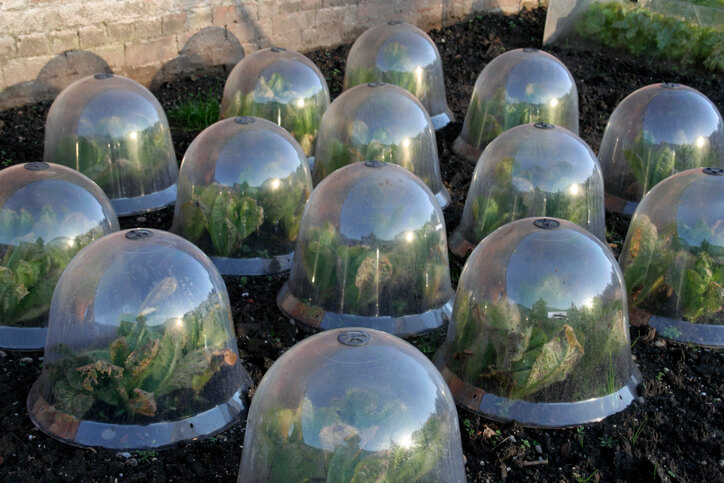How to Protect Your Lawn and Garden From Heavy Rain
Heavy rains can be damaging to even the healthiest of plants. Drowning lawns and plants can cause them to develop fungus, mold or mildew. Protect your lawn and garden from future downpours with these solutions.
Lawn Drainage
Your lawn’s best line of defense against heavy rain is proper drainage. Tend to areas where water pools by adding soil and grade the surface away from your home. If the spot is already in a low area, installing a drain can help divert the accumulated rain to another location. This process can be a lot of work depending on the grade of your lawn, but it may be the only long-term fix if you’re experiencing persistent pooling.
Lawn Aeration
Over time your lawn’s soil becomes compacted, which makes if difficult for water to penetrate the soil. Water will run off of compacted areas and pool in low spots. Aeration is a process that removes small plugs of soil, and loosens compacted areas to allow water to be absorbed into the ground. Aeration is needed on most lawns every few years, more frequently in areas will a lot of traffic.

Gutters
Make sure the gutters on your home are clean and draining properly. Clogged gutters can cause rain runoff from your roof to relentlessly abuse the lawn beneath it. This can lead to soil erosion, and a number of other problems including, basement flooding, water stains, paint damage, mold and mildew, and wood rot. If your gutters are aging, or showing signs of damage, leaks or rust, fix them up for your lawn and home’s sake.
If gutters are contributing to over watering flower beds or certain areas of your lawn, consider redirecting your downspouts so water moves in a new direction. Many homeowners bury drains underground to redirect water from gutters off the property, or away from problem areas.
New Grass Seed
Heavy rain can wash grass seed away. Keep seeds in place by covering it with peat moss, organic mulch or a biodegradable burlap. Covering your grass seed will also help conserve moisture and hide it from hungry birds.
Protect Your Garden
There are a few ways to protect your favorite veggies and prized flowers from heavy rain. Simply covering the plants with cloches is the safest method. Cloches are glass or plastic domes that come in various sizes to cover plants and still allow sunlight to reach the plant. A bucket or modified milk jug can be used in a pinch to cover smaller plants (place a brick or stone on top to keep it from blowing away). Spread a tarp to protect groundcovers and other low growing plants (stake it into the ground so it doesn’t rest on the plants).
If your garden is in an area lower than the rest of your yard, runoff and standing water can also be a threat. Build a (permanent or temporary) barrier to help redirect the rain runoff away from your garden and prevent water from collecting. Secure hay bales or any other type of obstacle to the ground using garden stakes. Building a barrier isn’t an option? Dig a trench to steer the rain to a different location.
Wind Protection
Heavy winds typically accompany heavy rain. Building up the soil around plants will help stabilize the plant and keep it from washing away. For stronger winds, drive a stake into the ground and tie it to your plant(s). If your garden is near a fence, an easy windbreak can be created by attaching plastic to the fence (cut a few holes in the plastic so it doesn’t blow out).
Our lawns and gardens love the rain, but it can be damaging when it comes down in droves. The unpredictable Kansas weather requires preparation and forethought. Have a plan to protect your plants before the storm hits, and help your lawn and garden flourish.
Resources found on our website are provided as general guidelines, and Reddi Industries does not assume any liability resulting from the provided information.

